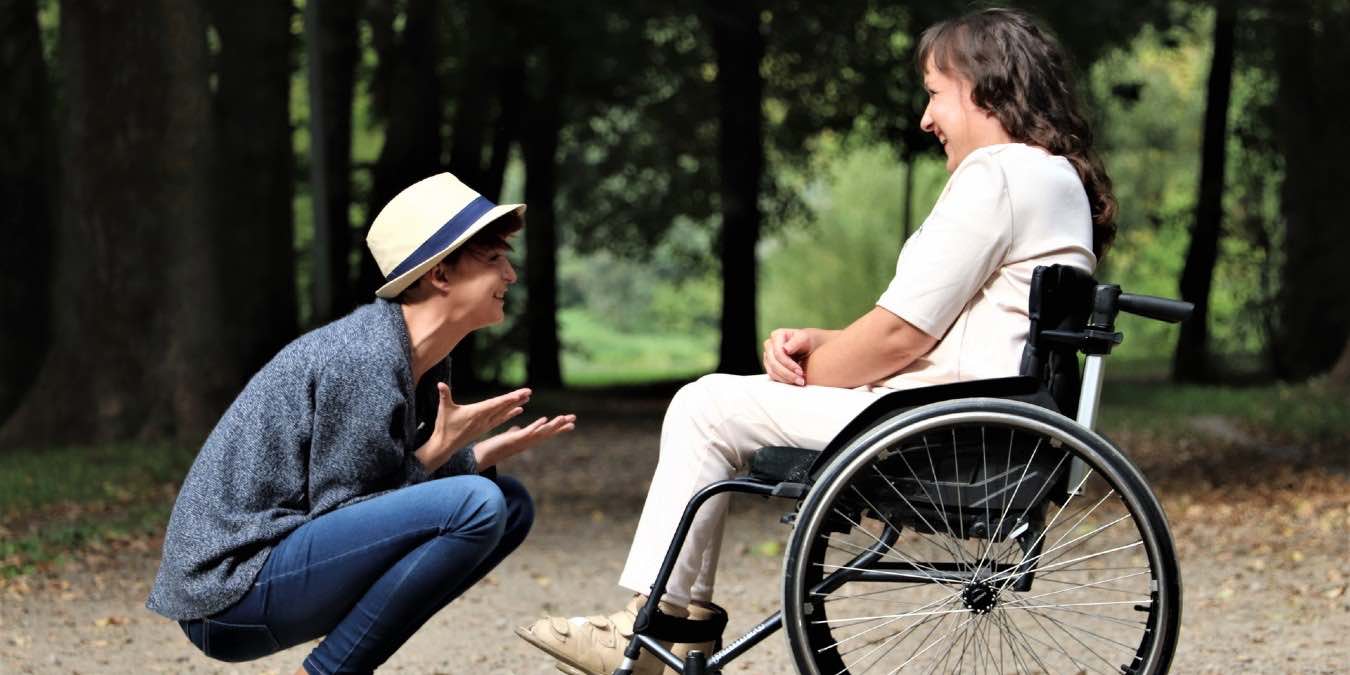
For years, the pace of rapidly advancing technology has often left behind individuals with disabilities. Fortunately, that seems to be changing with the rise of new technologies. There are new developments which will improve millions of lives. The advent of the Internet of things (IoT) is at the forefront of these advancements promising to improve accessibility for those who need it most. Let’s take a look at just a few of the ways IoT advancements are leading to a promising future.
Reading Your Surroundings
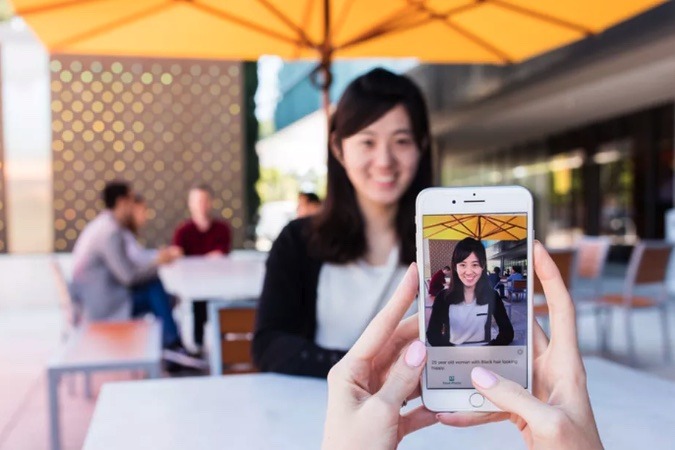
Microsoft has always been at the forefront of technology, but the announcement of their “Seeing AI” is opening up a whole new world. For the visually impaired, this app will utilize the camera on an iPhone to describe objects in front of them. This incredible piece of IoT tech can announce a busy intersection, identify cash currency amounts, locate and scan product barcodes and recognize the emotions of people.
It’s an incredible leap forward for the blind. Now they can interact with the world in a way that wasn’t possible a few years ago. Converting the world to an audible experience is just one of the many ways IoT is improving the lives of the disabled.
Access to Information
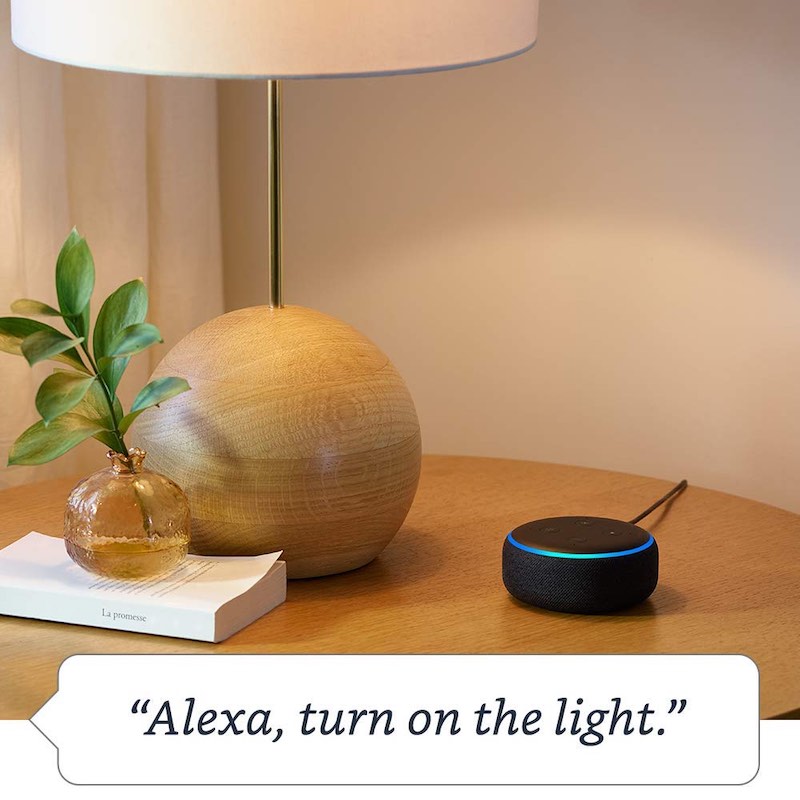
While many people might take products like Google Home or Amazon Alexa for granted, those with disabilities see them in an entirely different light. Connecting to the “cloud,” these smart home products allow for near-infinite access to so many different types of information. Everything from search results, sports scores, movie times, playing music, making phone calls and so much more. Even more notable is the ability of these products to connect to other smart products around the home. Managing thermostats, speakers, and even garage doors through controls was once unheard of for those with disabilities.
Crossing the Street
While it may be a simple task for millions, crossing the street is often dangerous for those with disabilities. Fortunately, the rise of IoT technology is introducing new capabilities that are destined for global rollouts. The Netherlands is one such place where significant steps have been taken to protect those who need additional support.
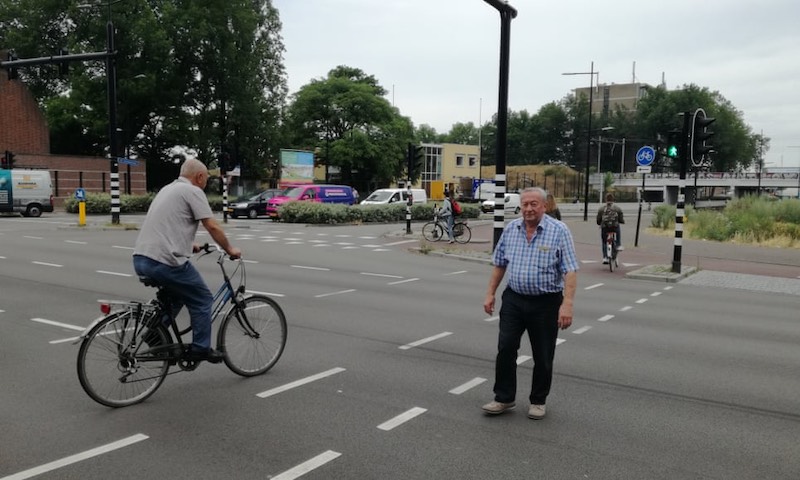
Their “Crosswalk” system embeds sensors in traffic lights and connects to an app installed on a smartphone. Once enabled, this app recognizes when a disabled individual is approaching an intersection. It automatically adjusts the timing on the light signals to allow for more time to cross the road safely. Technologies like Crosswalk have enormous benefits for people who aren’t often guaranteed extra help.
Smart Wearables
While the Apple Watch gets all the smart wearable glory, it’s devices like the “Dot Watch” that are really taking a leap forward. Designed for those with both visual and audible challenges, this watch is bound to make life easier for millions. There are incredibly valuable features like telling the time and date, an alarm clock, or adding a timer and a stopwatch. Those might be apps we take for granted, but for people with disabilities, the opportunity to tell time on their wrist down to the second is a huge leap forward.
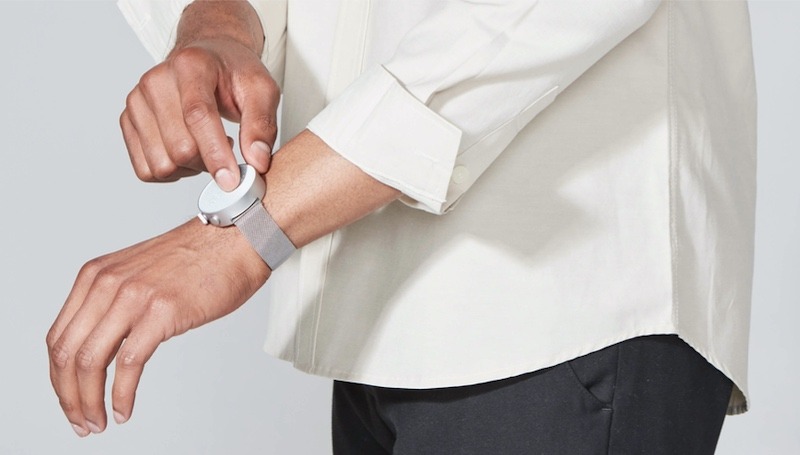
The same can be said for knowing who is calling instantly. As a call comes in, the watch vibrates and displays the name of the caller in braille. The same scenario plays out with text messages as they are translated to braille and forwarded on to the dot watch. Intuitive touch controls make it easy to read and scroll through a message. The best part of the dot watch is that it teaches braille on the go so it’s inclusive for all.
Smart Environments
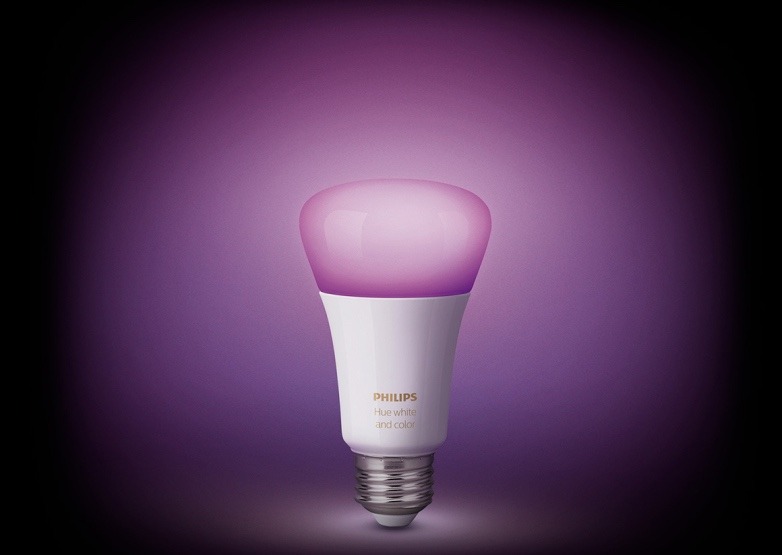
Products like the Philips HUE Light Bulb have exploded in popularity in recent years. It’s no surprise the use of these lightbulbs has been overlooked for people with disabilities. However, for those with cognitive impairments, setting reminders with glowing lights can be game-changing. The lights can be programmed to glow blue when the doorbell rings or red for a fire alarm. Something so simple can improve lives for the disabled overnight. And it’s still just one way that the world of IoT is leading toward a better future.
Conclusion
There’s little question that the potential of IoT will help bridge the disability gap and lead to a more inclusive world. It’s a foregone conclusion that we’ll see IoT-enabled devices and technology continue to expand our world and improve our lives. The road remains long to equal the playing field for those with disabilities but with each leap in IoT technology, that gap closes bit by bit. Do you know of any other examples of how IoT has helped someone with disabilities? We’d love to hear more in the comments below.
Image Credit: Guardian









